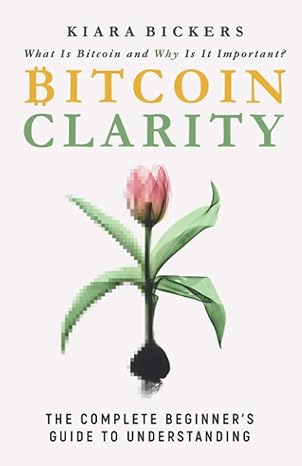Question
CASE STUDY SCENARIO In 2014, Mark wins the New York Lotto grand prize of $15 million. The Lotto contest is governed by the following rules:
CASE STUDY SCENARIO In 2014, Mark wins the New York Lotto grand prize of $15 million. The Lotto contest is governed by the following rules: The prize money is to be paid in 20 equal annual installments (in this case, $750,000 per year) with no interest provided for. The rights to the prize award are not assignable. If a winner dies during the payout period, however, the remaining installment payments are to be made to the winners duly appointed executor. The prize award is not specifically funded or guaranteed by any state agency. It constitutes a general obligation of the state of New York. Mark dies in 2016 after having received two payments of $750,000 each. Marks estate includes the present value of the remaining $13.5 million prize award in the estate at $4.86 million. This is determined by using the IRS table amount of $6.75 million and discounting it for absence of security (i.e., no separate funding or guarantee of payment by a state agency) and lack of marketability (i.e., the award cannot be assigned). The table used is that issued by the IRS in Reg. 20.20317 under the authority of 7520. The table is to be used in valuing, among other income interests, private (i.e., noncommercial) annuity contracts.
Upon audit of the estate tax return, the IRS disputes the deviation from the table amount. The IRS argues that the absence-of-security discount is inappropriate because the state of New York has never defaulted on any of its Lotto obligations. Furthermore, the lack-of-marketability discount is inappropriately applied to annuity-type situations. Unlike stocks, bonds, and other ownership interests, private annuities are not subject to the usual market valuation procedures. Partial list of research aids:
2039 and 7520. Reg. 20.75203(b). OReilly v. Comm., 922 USTC {60,111, 70 AFTR 2d 926211, 973 F.2d 1403 (CA8, 1992). Shackleford v. U.S., 992 USTC {60,356, 84 AFTR 2d 995902 (D.Ct.Cal., 1999), affd in 88 AFTR 2d 20015658, 262 F.3d 1028 (CA9, 2001). Estate of Gribauskas, 116 T.C. 142 (2001), revd in 20032 USTC {60,466, 92 AFTR 2d 2003 5914, 342 F.3d 85 (CA2, 2003). Estate of Donovan v. U.S., 20051 USTC {50,322, 95 AFTR 2d 20052131 (D.Ct.Mass., 2005)
Step by Step Solution
There are 3 Steps involved in it
Step: 1

Get Instant Access to Expert-Tailored Solutions
See step-by-step solutions with expert insights and AI powered tools for academic success
Step: 2

Step: 3

Ace Your Homework with AI
Get the answers you need in no time with our AI-driven, step-by-step assistance
Get Started


